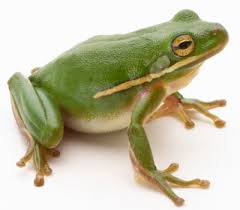Stamp: Phyllomedusa hypochondrialis (Suriname 1981)
Phyllomedusa hypochondrialis (Suriname 1981)
24 June (Suriname ) within release Frogs goes into circulation Stamp Phyllomedusa hypochondrialis face value 40 Surinamese cent
| Stamp Phyllomedusa hypochondrialis in catalogues | |
|---|---|
| Michel: | Mi:SR 948 |
| Stamp Number: | Sn:SR 574 |
Stamp is square format.
Also in the issue Frogs:
- Stamp - Phyllomedusa hypochondrialis face value 40;
- Stamp - Leptodactylus pentadactylus face value 50;
- Stamp - Hyla boans face value 60;
- Stamp - Phyllomedusa burmeisteri face value 75;
- Stamp - Dendrobates tinctorius face value 1;
- Stamp - Bufo guttatus face value 1.25;
Stamp Phyllomedusa hypochondrialis it reflects the thematic directions:
Animals are multicellular, eukaryotic organisms of the kingdom Animalia (also called Metazoa). All animals are motile, meaning they can move spontaneously and independently, at some point in their lives. Their body plan eventually becomes fixed as they develop, although some undergo a process of metamorphosis later on in their lives. All animals are heterotrophs: they must ingest other organisms or their products for sustenance.
A frog is any member of a diverse and largely carnivorous group of short-bodied, tailless amphibians composing the order Anura[(coming from the Ancient Greek ἀνούρα, literally 'without tail'). The oldest fossil "proto-frog" Triadobatrachus is known from the Early Triassic of Madagascar (250 million years ago), but molecular clock dating suggests their split from other amphibians may extend further back to the Permian, 265 million years ago. Frogs are widely distributed, ranging from the tropics to subarctic regions, but the greatest concentration of species diversity is in tropical rainforest. Frogs account for around 88% of extant amphibian species. They are also one of the five most diverse vertebrate orders. Warty frog species tend to be called toads, but the distinction between frogs and toads is informal, not from taxonomy or evolutionary history.


